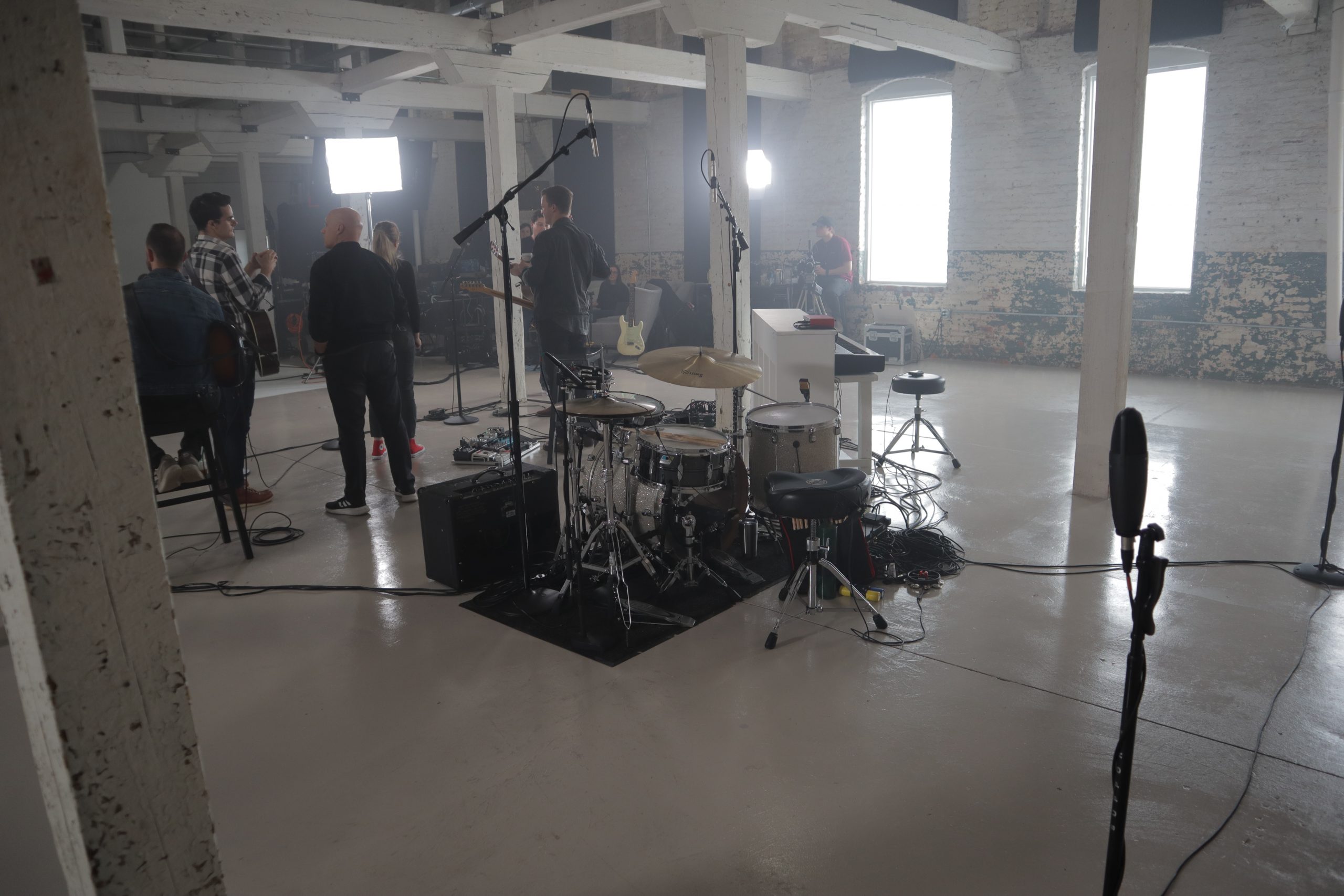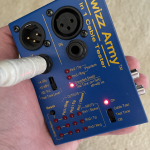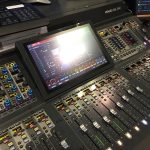
State of the Mix 2021: Overhead Thoughts
 I had a good question regarding overheads come up at a recent audio workshop I was doing. The question was about whether overhead mics should be used to capture the “whole kit”. Personally, I think this is kind of an ongoing discussion. Are we using “overheads” or “cymbal mics”? So here’s where I’m at these days.
I had a good question regarding overheads come up at a recent audio workshop I was doing. The question was about whether overhead mics should be used to capture the “whole kit”. Personally, I think this is kind of an ongoing discussion. Are we using “overheads” or “cymbal mics”? So here’s where I’m at these days.
When I hear the term “overhead”, I’m thinking in terms of capturing the entire kit. In my heart, I generally want “overheads”, and I typically place my mics as overheads with the hope/intent of capturing the entire kit. The practical application of mixing those mics is often quite different for me, though. Those overheads usually end up more as “cymbal mics” for me in a mix.
There are a few different factors that lead to this. The first one is the drummer. The number of drummers I get to work with these days who work at playing a full, well-balanced kit–cymbals and drums–seems to get smaller every year. We could unpack why this is, but I don’t think it’s worth it for this discussion because for me there’s more to the “cymbal mic” usage beyond this that precludes getting a good kit mix in the overheads.
The biggest factor, for me, is usually the acoustics.
Look, let’s be honest. Shields and fishbowls are often helpful for getting cleaner vocal mics and better audience experiences in the first few rows. However, those same shields typically compromise the sound of the drums. The biggest recipient of this compromise usually happens at the overhead mics. The added reflections from the glass and/or plexi create a blend of phase issues and transient smearing in those overhead mics. The close mics usually suffer a bit as well, but it tends to be much more manageable in my experience.
The acoustics of the stage and placement of the kit on stage sometimes also create similar problems even when shields and fishbowls aren’t in play. Bare drywall on low ceilings and walls rarely create great acoustic environments. Sometimes those bare wall issues get combined with the plexi ones.
Personally, I like to minimize the level of compromise as much as possible, but at this point I feel like I can make the drums work in just about any of these scenarios. Doing that just requires me to rely heavily on the close mics for the sounds of the drums and the “overheads” more for cymbals and fill.
If you’re struggling to get your drums right, one of the most helpful ways to improve them is to have an expert on site. Drums are a common topic in my training visits, and we often get into all aspects from mic choice and placement to different console approaches. Visit my contact page and drop me a line if you’re ready to find out how I can help you improve your mixes.

 Previous Post
Previous Post Next Post
Next Post



We just use our overheads for cymbals too, high passing at 500Hz.. We put sound absorbing panels in the drum room and the overheads are x-y to minimize phase issues from the drums.